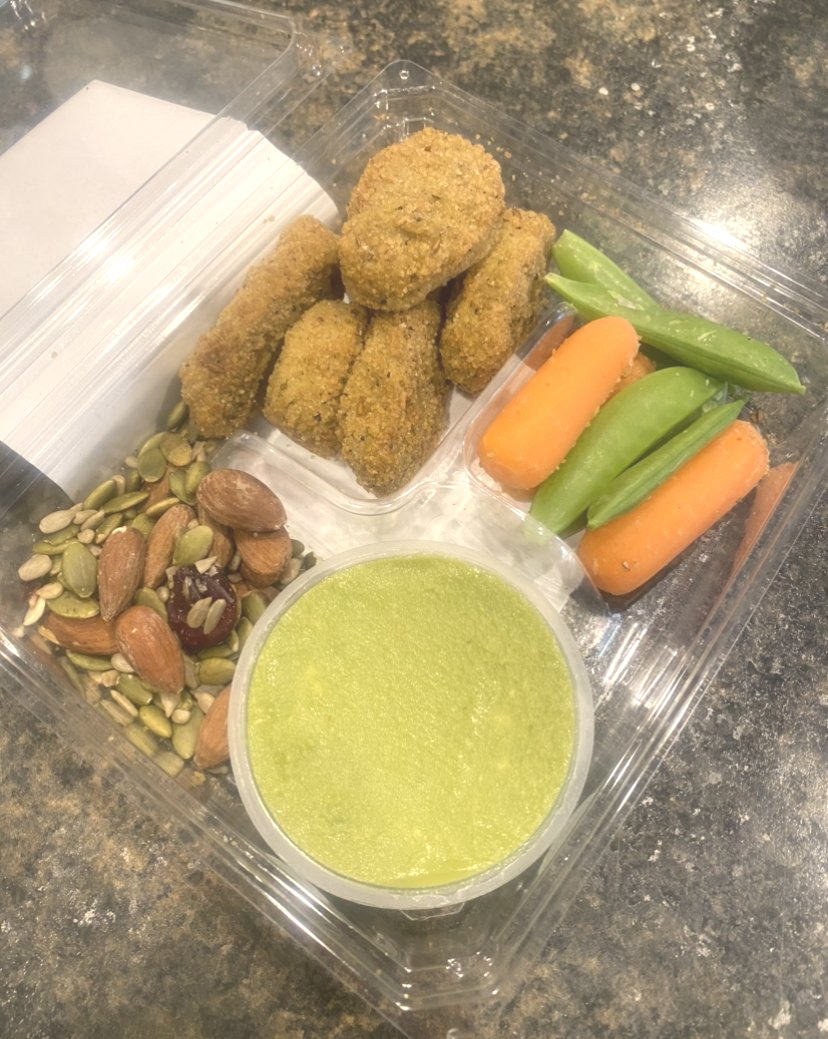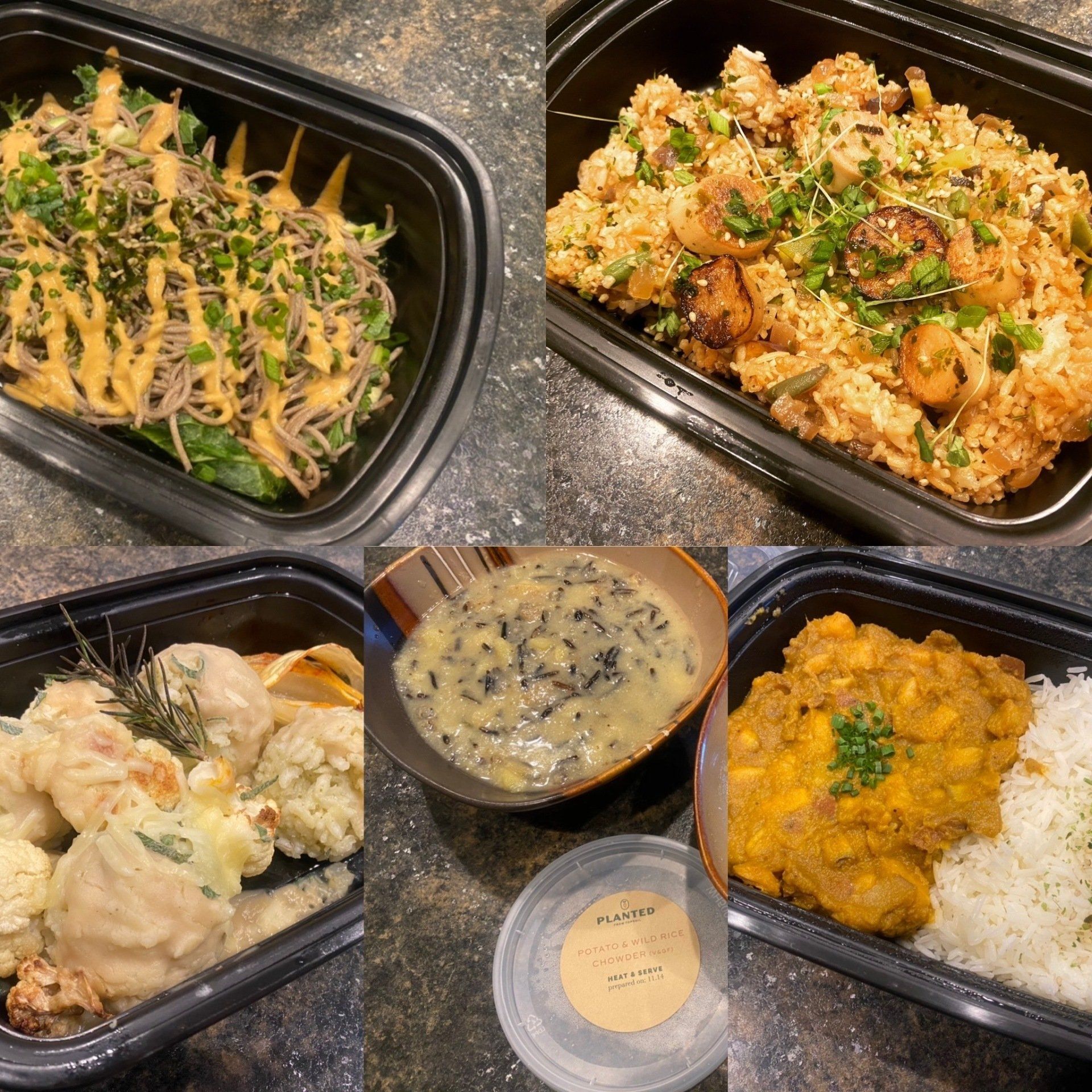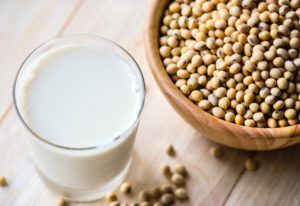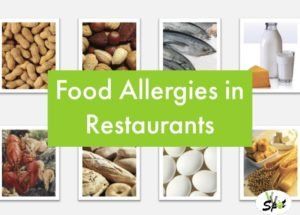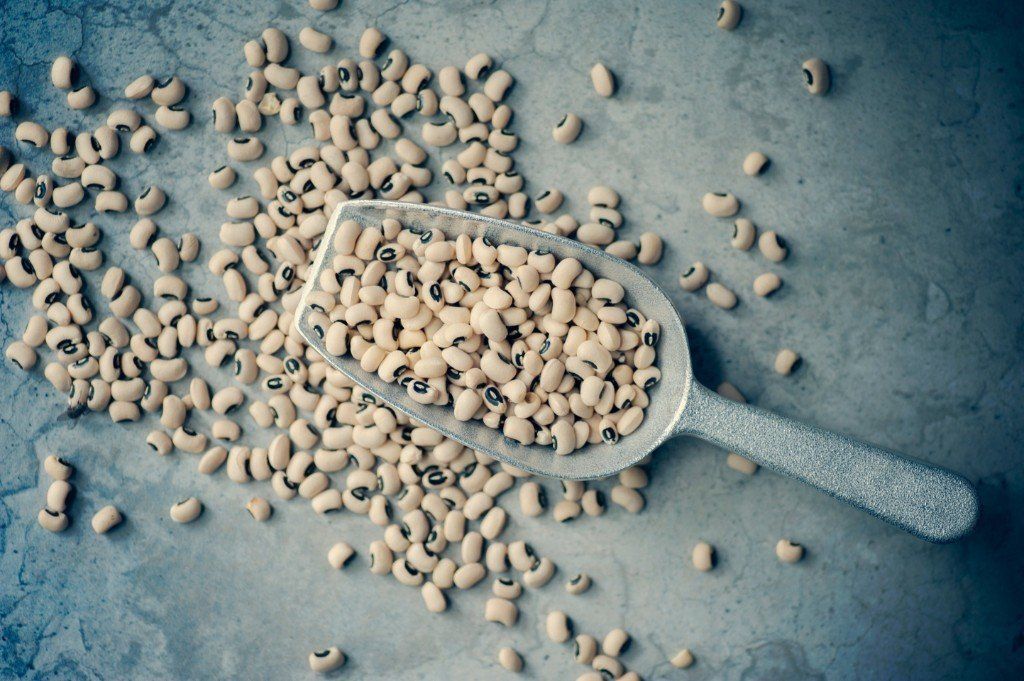Aldi Vegan Grocery Store List
- By DeAndra Reasonover-Winjobi
- •
- 11 Apr, 2018
- •
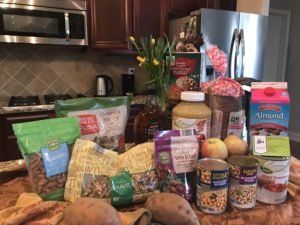
As a mother on a budget, Aldi has low cost food and has many quick and easy shopping locations in the Greenville area. I have listed vegan options (aside from the common-sense fruits and vegetables) you can find on the shelves.
Almonds, Cashews and other nuts: these are great for roasting, as yogurt toppings, and trail mixes. The protein and good-for-you fat content of almonds make them a satisfying and nutritious addition to meals and snacks.
Almond Milk: I am not going to lie, it has a different taste when compared to Blue Diamond almond milk, but it's still a great vegan alternative to cow's milk! Also a great source of calcium and vitamin D since it is fortified with these nutrients. Use this to make delicious Overnight Oats.
Apple Cider Vinegar: excellent for sauces and dressings.
Black Eyed Peas: Like many other beans and peas these peas provide fiber, protein, and iron and pair great with quinoa or rice to make a filling meal. Black eyed peas make a great addition to salsas too!
Dried Fruit: another great addition to trail mixes and yogurts. Some dried fruits like apricots, raisins, and prunes are also nice sources of iron.
Flax Seeds, Hemp Seeds, and Chia Seeds: add them to your meal for additional fiber and healthy fats! They are a yummy addition to smoothies, Asian inspired meals, and breakfast dishes.
Frozen Fruit: just add spinach, avocado, and banana and you have a nutrient dense breakfast smoothie! Mix into hot oatmeal to cool it down and add some natural sweetness.
Frozen Teriyaki Veggies: I personally have never tried the teriyaki sauce, I only use the veggies, but they are great for Asian inspired meals.
Garbanzo Beans a.k.a. Chickpeas: Like other beans, these provide a source of protein and iron and can be a main ingredient for several dishes including, tacos and taco salads, chickpea salad, and many more delicious items!
Gluten Free Noodles: a good replacement for regular pasta in gluten free Italian and Asian dishes.
Guacamole: great addition to the sweet potato breakfast toast, good with several southwest inspired dishes as well.
Hummus: great for sandwiches, salads and wraps, as well as good for dipping with pretzels and chips!
Kale and Quinoa Veggie Burgers, Black Bean Burger, and Frozen California Veggie: these are Aldi's vegan alternative burgers.
Maple Syrup: pure alternative to the processed syrups.
Pretzels and Pretzel Slims: good lunch packing snack for both adults and kids. Taste great with hummus!
Quinoa: a yummy addition to just about any meal and a fantastic source of protein and fiber. You can cook it with vegetable stock to add some extra flavor. Add quinoa to your salads or use it as a rice alternative when you need to switch things up. Add southwestern inspired spices to it and make a burrito! It's also a gluten-free friendly whole grain.
Rolled Oats and Steel Cut Oats: fantastic for breakfast meals like overnight oats and another good source for iron.
Seedastic and Knock Your Sprouts Off: are wonderful vegan and unprocessed bread alternatives to use for sandwiches and french toast! Be sure to keep frozen so it can stay fresh.
Spaghetti: easy alternative!
Tropical Trail Mix: if you don't feel like making your own, they already have some for you!
Vegetable Broth: adds flavor to items that would regularly cook with water like quinoa, grits, and rice.
Walnuts: make some delicious taco meat with it!
Whole Kernel Canned Corn: come on, it's corn I don't think I need to say anything here!
The total cost of all these items is under $75! Mind you, the quinoa and frozen items can last for months.
Organic items: all items in this list cost under $22
Quinoa
Canned Garbanzo Beans
Canned Black Beans
Canned Pinto Beans
Olive Oil
Pure Sugar
Avocado Oil
Vegetable Broth
Apple Cider Vinegar
Who said it's expensive to eat vegan?!? What are some of your favorite products that you pick up when grocery shopping?
